A publishing career that spans over 30 years, critic and editor Susan Snodgrass writes about contemporary art, art criticism, material art practices, architecture, urbanism, and public art.
Forgotten Forms
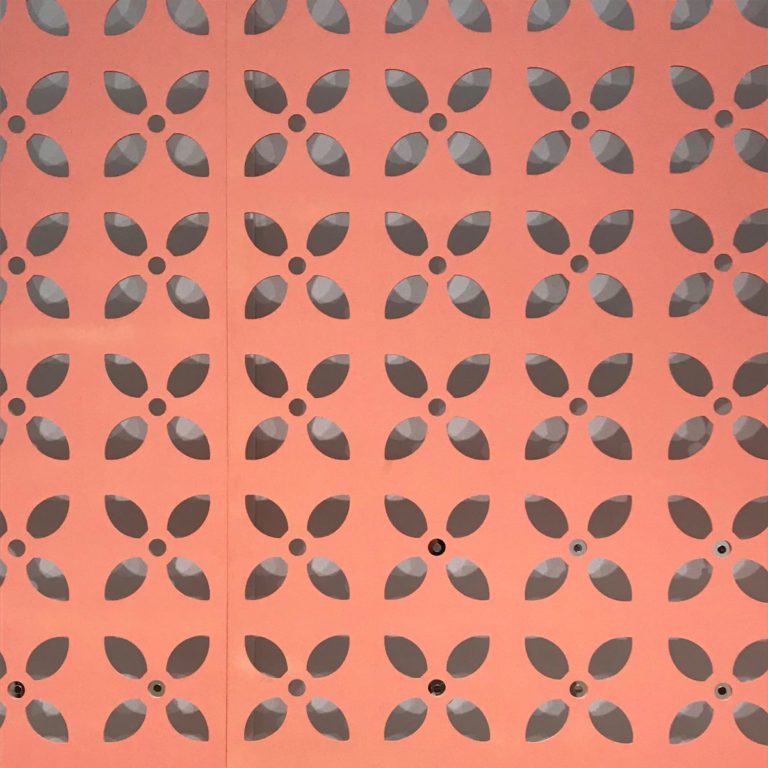
The exhibition Forgotten Forms at the Chicago Cultural Center pairs the works of Edra Soto and Yhelena Hall, whose transformations of architectural elements of the everyday interrogate narratives of place to configure new urban landscapes marked by traces of memory.
Bad at Sports: EXPO Chicago Roundtable
KT Hawbaker and Susan Snodgrass join the cast of Bad at Sports Center for an epic EXPO breakdown.
From the Front
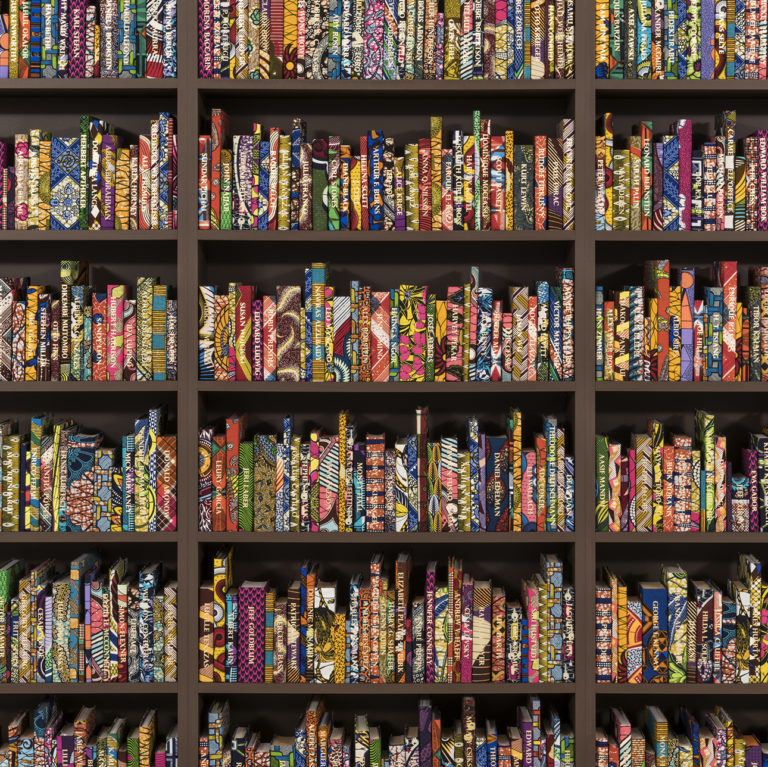
An American City, the inaugural edition of FRONT International: Cleveland Triennial for Contemporary Art, is an experiment in urban development: a cultural laboratory that hopes to reshape the image of this post-industrial city by positioning itself as a “heartland documenta.”
On Monuments
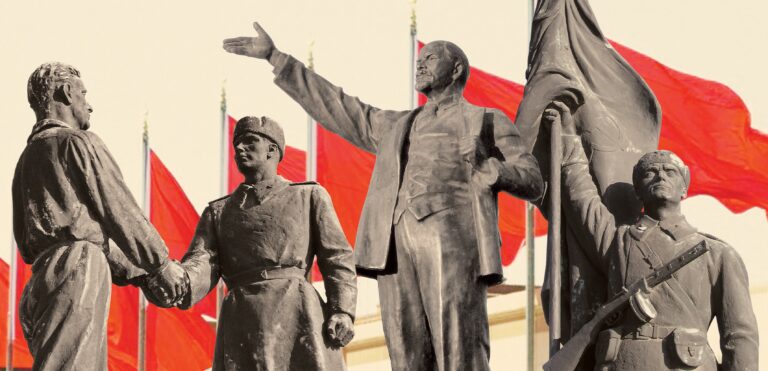
It has been less than a year since violent hatred erupted on August 12, 2017 at a white nationalist rally in Charlottesville, Virginia, fueled by the planned removal of a bronze statue of Robert E. Lee from a public park. This horrific event has become the locus for the fiery debate about the fate of Confederate monuments, one that reignited some two years earlier when a self-identified white supremacist murdered nine black parishioners in a church in Charleston, South Carolina, triggering a wave of fallen Confederate statues throughout the American South.
Revolution Redo
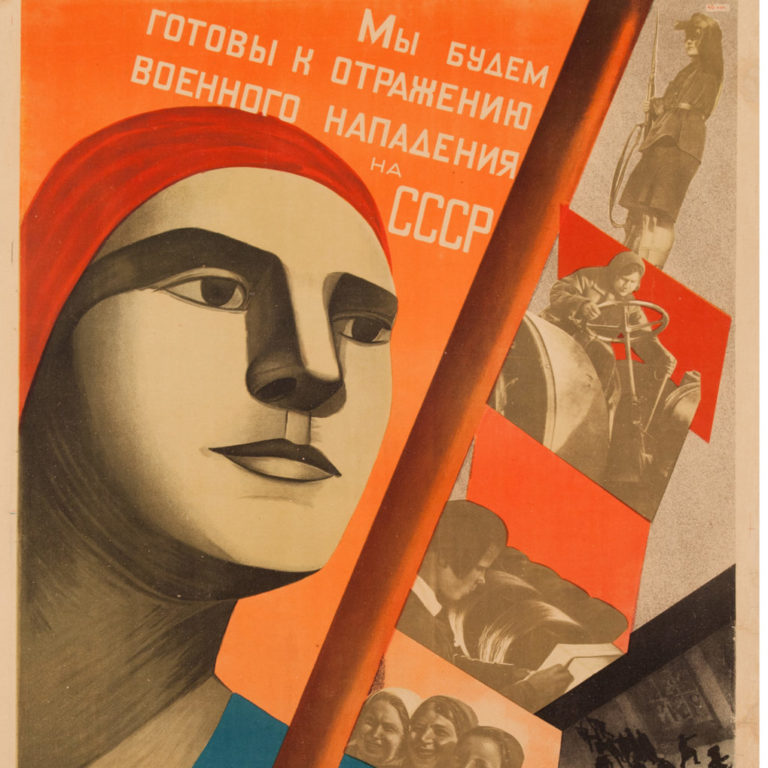
At a time when our own political moment has given rise to dangerous neoliberalism and right-wing nationalism across Europe and the United States, Revolutionary Russia of a century ago with its promise of social equality and transformation continues to seduce our imagination (at least in the former West), despite the ultimate failure of the Soviet project. This seduction fueled two recent shows in Chicago that marked the centennial of the October Revolution through the art, design and material culture of its artists and social architects.
Dawoud Bey: Visualizing Memory
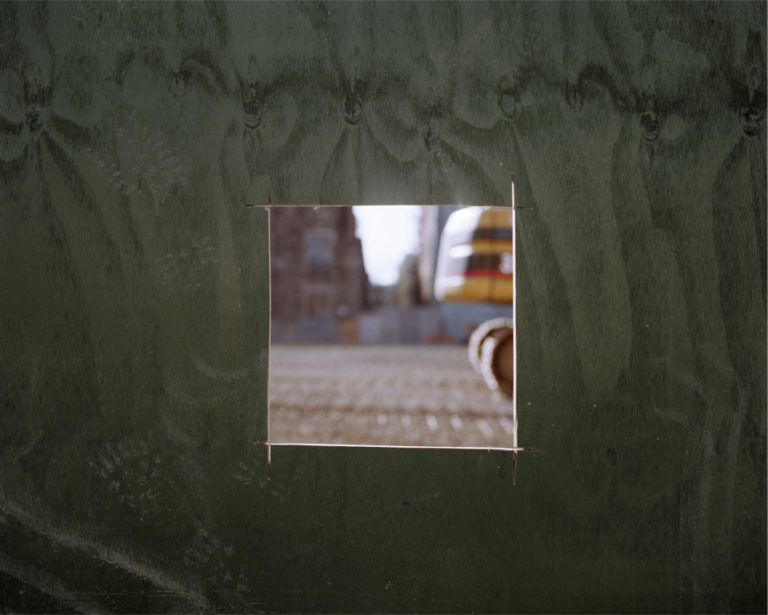
Whether working on the street, in the studio, or in residence with communities, Dawoud Bey imbues his subjects with a psychological presence, while also challenging the formal traditions of photographic representation.
In Search of a Future Present: The Chicago Architecture Biennial’s Make New History
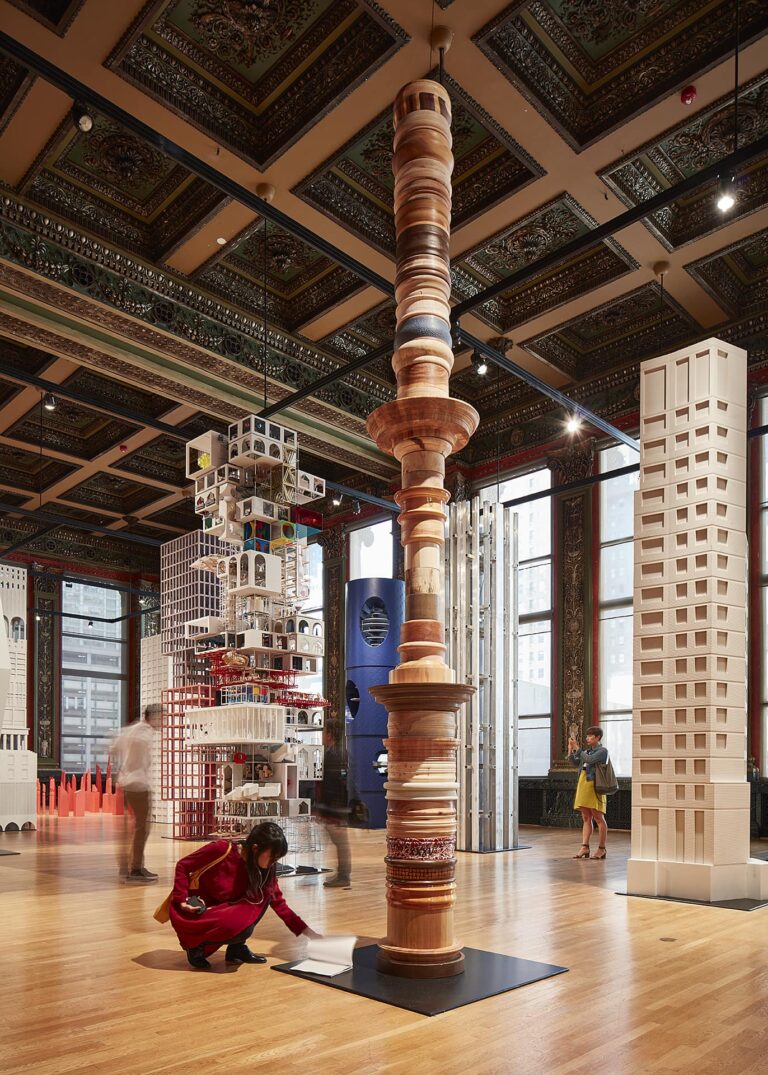
In her preface to The Death and Life of Great American Cities, urban advocate Jane Jacobs directs the reader to “look closely at real cities.” “The scenes that illustrate this book are all about us,” she writes. “While you are looking, you might as well also listen, linger and think about what you see.” (Note 1) I was reminded of Jacobs’s words with each viewing of Make New History, the second installment of the Chicago Architecture Biennial (CAB), which just closed its nearly four-month run this January.
Anne Wilson: a hand well trained
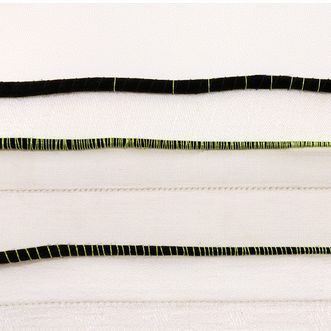
Throughout her prodigious work, Anne Wilson employs human hair and found cloth (damask fabrics, table linens, family heirlooms, remnants of clothing), as stand-ins for the body and as fragments of memory imbued with their own personal and collective histories.
To the River: More on the Art and Politics of Walking in the City
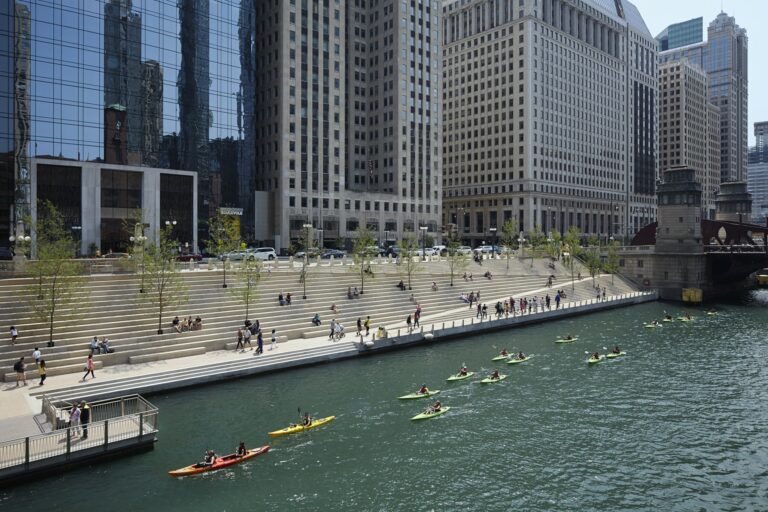
As I consider Chicago’s new Riverwalk, I am reminded of Bob Dylan’s oft-covered song “Watching the River Flow,” in which the song’s protagonist, lonely and alienated within an unidentified city, finds solace sitting along the sandy banks of an unidentified river. The song’s themes of inspiration and displacement, fostered by clashes between public and private, urban and nature, seem an appropriate metaphor for the inherent issues embedded within urban renewal projects that repurpose former industrial sites, including riverfronts, into green spaces.
Candida Alvarez: Arriving Here
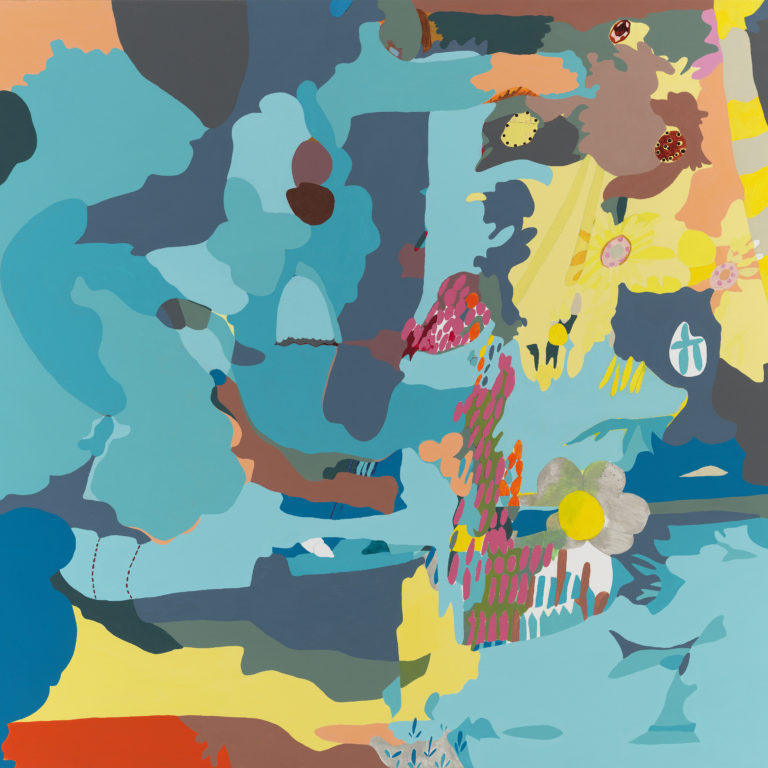
Painter Candida Alvarez is a storyteller who maps narratives of place, both the interior landscape of the self and the external world with its cacophony of colors, sounds, and images from which she endlessly samples and draws.